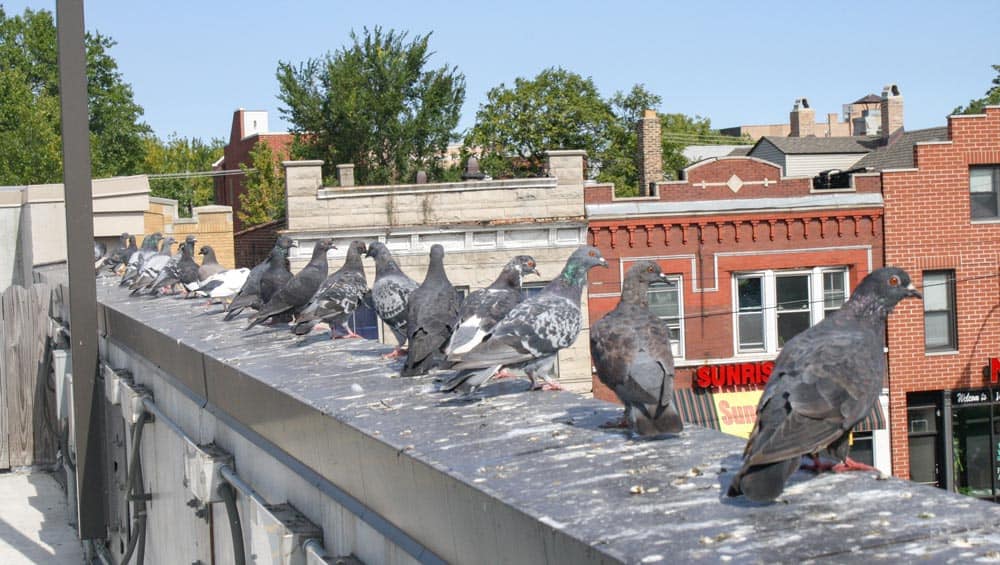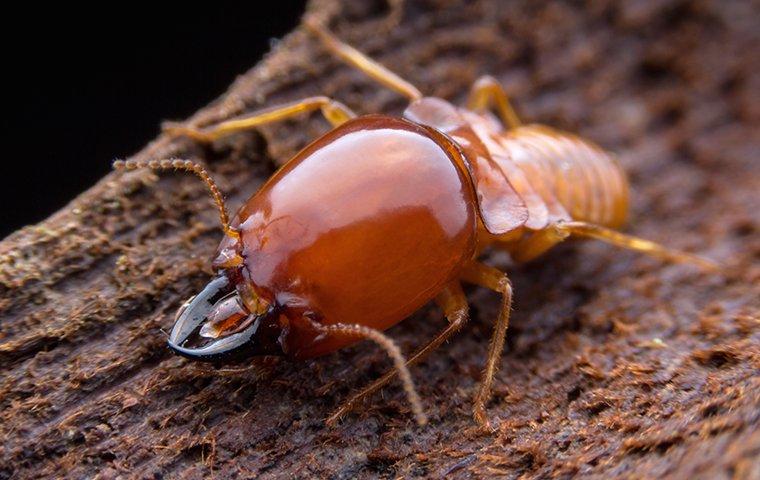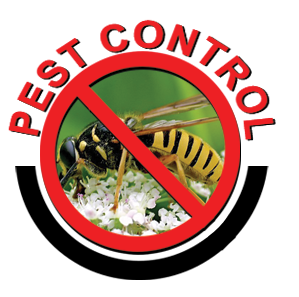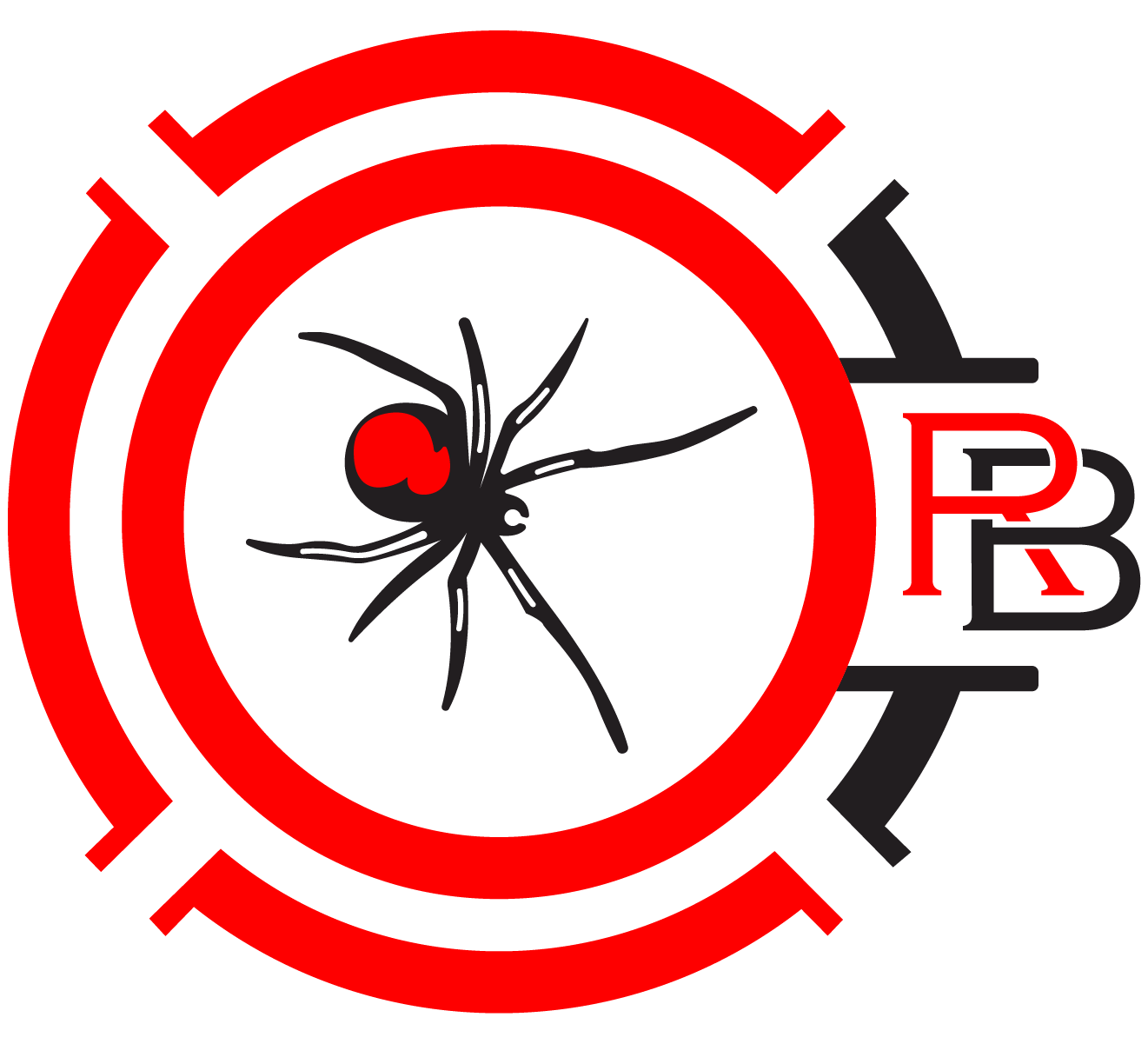Call 1800-TERM-HELP - 1800 837 643 - Your Local Termite Professionals!
Unit 2/840 King Georges Road, South Hurstville, NSW 2221
Get Rid of Birds For Good!
Easy Access to our Booking Services
On Time and Tracking Scheduling
Birds Control - Extermination
Feral pigeons are the number one urban pest bird. Get your home professionally treated by Termite Help and Redback Pest Control, We offer important solutions for pest problems INC: Termite Control, Cockroach Control, Birds Control, Flea Control, Spider Control, Ant Control, Bee & Wasps Control & many others.
Why risk your Birds control? when you can trust Termite Help and Redback Pest Control to take care of your pest control services. Birds are prolific breeders, producing a litter of young almost monthly. Our job is simple: to eliminate Birds from your home or business. With our tailored service options, you can be confident that your Birds problem is under control when you choose Redback Pest Control, and we’ll take care of the rest. As part of our tailored Birds control services, our Birds exterminators treat for:
Pigeons, or Rock Doves, Indian Myna birds, sparrows and starlings.
About Birds
Pigeons, or Rock Doves
Pigeons, familiar to most people, are an exotic (nonnative) species. They are generalists in their feeding habits; although they prefer grain and seed, they consume garbage, insects, bread, and other handouts from people.
Around barns pigeons can subsist on spilled or improperly stored grain. They nest on building ledges, rafters, and beams.
Nests are shallow, flimsy platforms made of sticks, twigs, and grasses. Pigeons can breed year-round, these Birds are found Sydney in Australia.


Contact us today to learn more about our Birds control service.
Protecting You From Birds - Guaranteed
The rock dove or pigeon is a major global pest. Its behaviour and the diseases these birds carry means they truly deserve their nickname ‘ flying rats’
Human structures provide an excellent imitation of cliff structures, making rock doves very common around human habitation. Skyscrapers, highway overpasses, farm buildings, abandoned buildings, and other human structures with ample crevices are conducive to rock dove nesting.
Your satisfaction is our top priority. Myna Birds were listed among 100 of the world’s worst invasive species by the World Conservation Union (IUCN) in 2000. In Australia, common mynas are considered to threaten native biodiversity due to their territorial behaviours and nest cavity competition.
Common Bronzewings are one of the most plentiful and commonly seen pigeons in Australia. Habitat: Common Bronzewings are found in almost every habitat type, with the exception of the most barren areas and densest rainforests. This large, plump, grey-brown and very common pigeon with a metallic sheen on its wings grows up to 36 centimetres. Males of the species have pale yellow foreheads and pink breasts and both sexes have pretty metallic patches of red, blue and green on their wings.
We stand behind the quality of our residential Birds control service and offer a 100% satisfaction guarantee. Having over 30 years of pest control experience Sydney and surrounding suburbs.
Habitat: Common Bronzewings are found in almost every habitat type, with the exception of the most barren areas and densest rainforests. Common Bronzewings are normally seen alone, in pairs or in small flocks, and are rarely found far from water. We offer individually tailored, people, pet and environmentally friendly pest control solutions for both residential and commercial property’s. If at any time you’re not happy with the results, we’ll come back and fix the issue at no additional cost to you.
Jump to a Section:
Tailored Birds Control Treatments
At Termite Help and Redback Pest Control, we offer a comprehensive residential Birds control service that is designed to effectively eliminate Birds from your home or business. With our team of expert exterminators and state-of-the-art techniques, you can rest assured that your Birds problem is in good hands.
What can you expect when you partner with us for Birds control and removal services: We offer over 30 years of Birds control in Sydney,Blue Mountains and Wollongong along with the understanding of the local environment, areas like North Sydney and Sydney Eastern Suburbs have a higher rate of Birds infestations.
- Family-Safe Treatments: We understand the value of keeping your home and business pets safe. That’s why our Birds control treatments are specially formulated to be pet and children-friendly. You can trust that our methods are 100% safe, providing peace of mind for you and your loved ones.
- Expert Exterminators: Our team of highly trained pest control technicians specializes in Birds control methods and has extensive experience dealing with various Birds species. With their expertise and knowledge, they can effectively eliminate Birds from your home and business and prevent future infestations.
- Integrated Pest Management: As part of our Birds control services, we offer up to date services to seal off entry points and prevent Birds from reentering your home or business. Our trained technicians will use high-quality materials to seal any openings larger than an inch or any large gaps, ensuring that Birds cannot gain access to your property.
- Convenient Phone Hours: Our dedicated customer service team is available anytime between 8 a.m. and 8 p.m. to address any concerns or questions you may have. We believe in providing exceptional service and support to our valued customers.
When it comes to residential Birds control, trust the experts at Termite Help and Redback Pest Control. With our years of experience and industry-leading techniques, we have the knowledge and tools to effectively eliminate Birds from your home and business. Contact our team today to learn more about our services and take the first step towards a pest and Birds -free property.
- A comprehensive inspection of your home and property, identifying problem areas and entry points. This allows us to develop a customized treatment plan tailored to your specific needs.
- Strategically-placed bird spikes in areas frequently visited by Birds , while ensuring they are away from your family and pets. We also utilize Birds traps as needed.
- Minor exclusion repairs for openings smaller than an inch or any large gaps.
- In cases of severe Birds infestations, we will return within 2 to 4 weeks to monitor progress and activity and make any adjustments to your Birds control service.
Birds And Pest Control Safety Precautions
At Termite Help and Redback Pest Control, when using Birds pest control methods, we follow these safety precautions:
- We read the product label before use and only apply pesticides in accordance with the label directions, including any safety information
- We wear appropriate personal protective equipment (PPE) when handling pesticides.
- We do not place treatments in areas where they can be accessed by children, pets, wildlife or livestock.
- We place treatments only in locations from which they can later be inspected if needed.
- We keep a record of treatments with tracking technology and and identification software.
- We notify all occupants of the building about the use of pesticides.
- We do not place treatments where they can contaminate food or food-handling areas.
- We do not eat, drink or smoke when handling pesticides.
- We always wash PPE such as gloves, clothes and boots after pesticide use.
- We store pesticides in their original containers and ensure that the label remains intact – do not transfer products to alternative containers.
Major Birds Pest Species
Pigeons, or Rock Doves, Indian Myna birds, sparrows and starlings.
Pigeons, or Rock Doves
Pigeons, familiar to most people, are an exotic (nonnative) species. They are generalists in their feeding habits; although they prefer grain and seed, they consume garbage, insects, bread, and other handouts from people. Around barns pigeons can subsist on spilled or improperly stored grain. They nest on building ledges, rafters, and beams. Nests are shallow, flimsy platforms made of sticks, twigs, and grasses. Pigeons can breed year-round, although peak production occurs in spring and fall.
House Sparrows
House sparrows are a nonnative species introduced from Europe. The male is recognized by his black bib and white cheeks. The female, much harder to identify, is often confused with other sparrows. She is gray brown with an unstreaked, dingy breast, a buff eye stripe, and a streaked back. She can often be identified by her noisy monotone chirp. It is important to be able to identify this species, because all other sparrows are protected by law.
House sparrows consume many insects during the spring and summer. Being generalists, they also feed on grain and weed seeds around barns and in fields and consume garbage and other food items that people throw out.
Nests, which sparrows build in cavities are large, messy masses of grass, straw, leaves, and trash. Nests built in the open are often domed. Favorite nesting sites around barns and buildings include rafters, holes in walls, and areas behind shutters and under eaves. House sparrows nest primarily from March to September. A female has two to three broods per year.
Indian Myna Birds
Indian mynas are are a medium sized bird approximately 25 cm in length (body and tail). They have a chocolate brown body, dark brown to black head, yellow bill and bare yellow skin beneath and behind the eyes. Indian mynas have dark wings with prominent white patches visible in flight and a black tail tipped with white feather. They have long yellow legs and are commonly observed ‘hopping’ on the ground.
Male, female and immature birds all look similar. Indian mynas forage on the ground and have a distinctive walk or strut. They are a very noisy bird and produce loud, raucous calls including scolding and chattering. Calls and chattering continue late into the night and begin before dawn.
Indian mynas should not be confused with the noisy miner, which is a native honeyeater. The native noisy miner can be identified by its grey body, and black crown and cheeks (the whole head is not black). Noisy miners have a distinctive triangular patch of yellow naked skin behind the eye, while Indian mynas have yellow beneath and behind the eye.
Starlings
Starlings are also considered to be a major nuisance in all Sydney urban areas.
Introduction
The common starling (Sturnus vulgaris) is one of the most invasive bird pests worldwide, having established populations in many countries outside its natural range. It occurs naturally in Europe and Asia and introduced populations occur throughout North America, South Africa, Argentina, Polynesia, New Zealand and eastern Australia. Once introduced to a location they can colonise surrounding areas, including offshore islands. In 1863, starlings from England were first released in eastern Australia, where they are now widespread.
They can infest houses with bird lice, are often unwelcome in parks and shopping areas, especially at night where the roosting flocks can be unsightly, noisy and can contaminate the area with droppings.
Breeding
The breeding season is mainly from August to January. At this time large flocks of Common Starlings break up into pairs or small groups.
Nest sites are any type of hollow, such as tree hollows and house roof voids. The birds are aggressive when competing for
nesting sites and readily drive out native species.
Starlings will nest primarily in small patches of vegetation which are degraded and have little understorey.
The nest is an untidy cup of grasses, leaves, twigs and items of rubbish. The pale blue eggs are incubated by both sexes
which also raise the young birds. Often two broods are raised in a season.
Starlings return to the same area each year to breed, and their young will also use the same habitat as their parents.
They can infest houses with bird lice, are often the cause of skin iteration if found nesting in your home.
Prevent Birds with Smart Services
Why people prefer Termite Help and Redback Pest Control
We do all termite and pest control services. We take Birds control seriously and take great pride in delivering a superior service. We only employ the best of the best; our technicians have at least 10 years experience in the industry.
We promise you:
- 100% satisfaction or we come back and fix it at no extra charge.
- On time service.
- We leave your home exactly the way we found it.
- People, pet and planet friendly.
One of the key components of our Birds control service is exclusion work. During our comprehensive inspection of your property, we will look for potential entry points that Birds might be using to enter your home. Using high-quality products, we will seal openings preventing Birds from entering your home. For larger exclusion, we provide detailed communication and recommendations on the best method of repair.

Get Started Today! Call us at 0400 733 222 or

Areas We Service
Tailored Pest Control
$335
$285.00 inc GST
A Termite Inspection will provide you peace of mind We use the latest technology. Book one Termite Inspection Based on 3 to 4 Bedrooms Single Story Home Block size: 400 to 500 m²
Expires: 31/04/2024

$200 Visa Gift Card
When You Enroll In A Two-Year Pest Plan
Expires: 31/04/2024

REVIEWS







